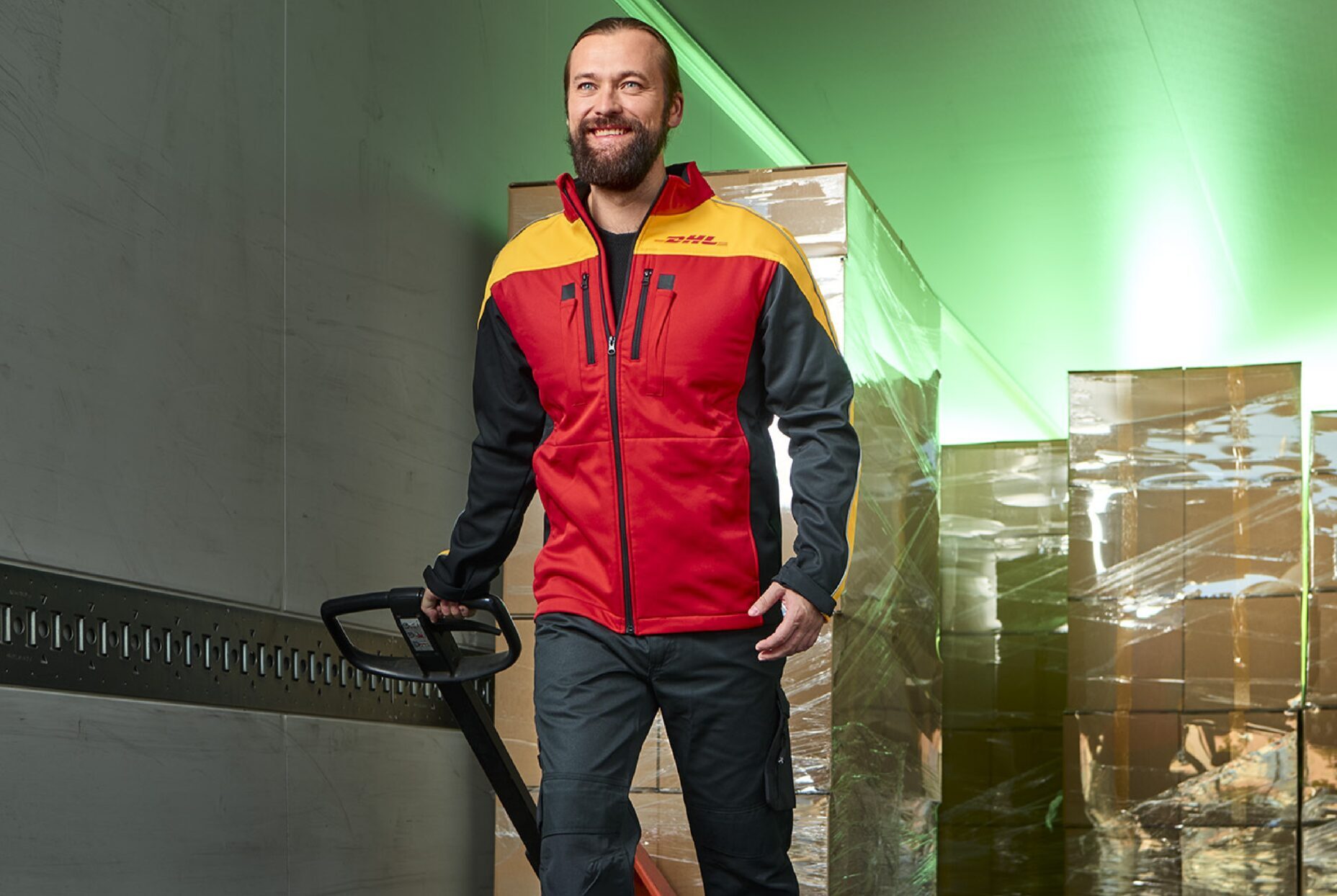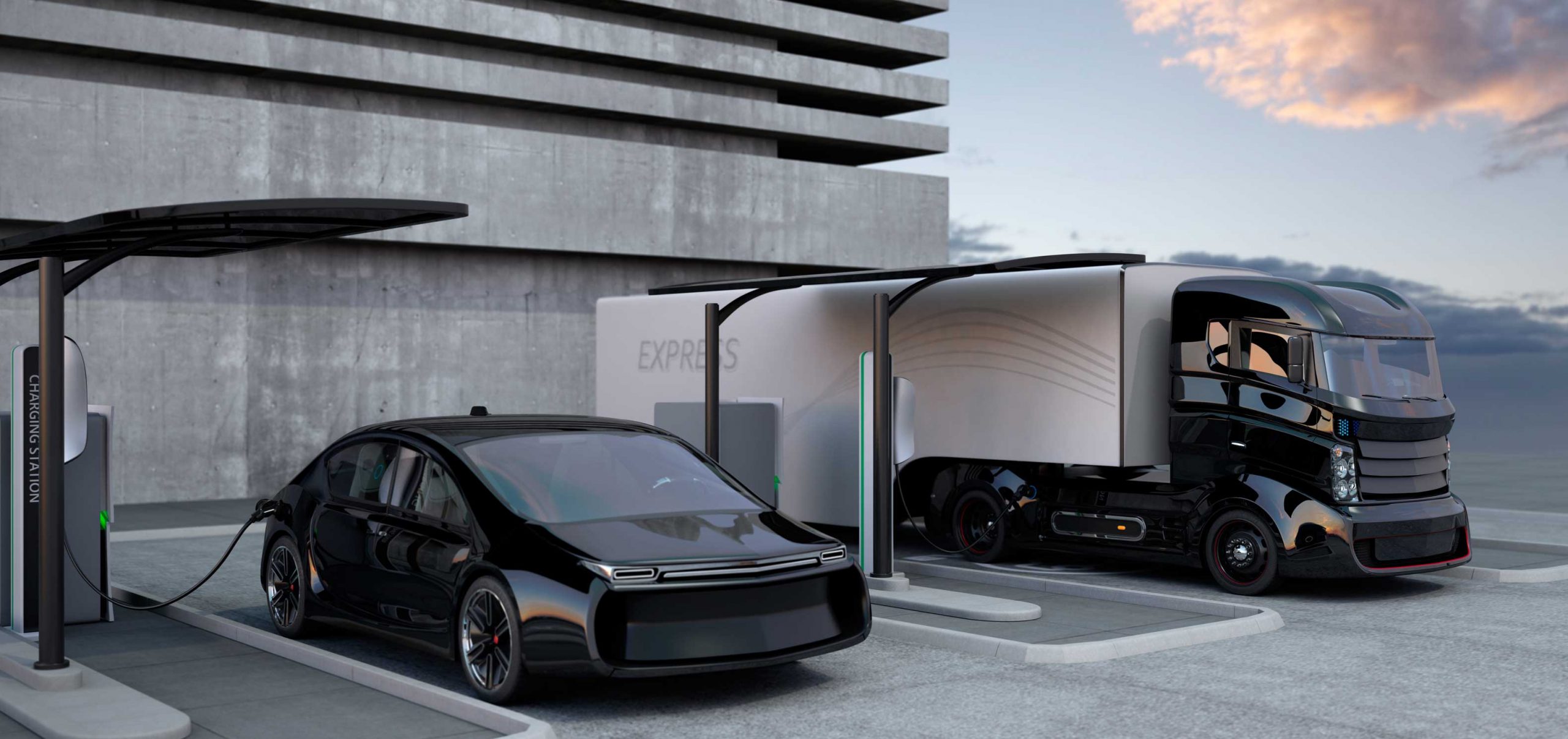
When we shower in the morning, blow-dry our hair, get dressed, drink coffee or tea, and reach for our smartphones, we have in fact consumed or used products, most of which have a history of globalization. Our daily lives are shaped by globalization. It is about time that we at Freight Connections take a closer look at globalization in a series of articles. We start with the heart of the matter: the global value chain and its advantages and disadvantages.
Globalized Economy and Globalized Value Creation
Modern economies are not self-sufficient but interconnected through investment, knowledge exchange, and the division of labor. Production processes are often spread across several countries and numerous companies. This globalized economy is the result of the internationalization of value chains. The removal of trade barriers in a global economic order, technological progress, and freedom of investment have made this development possible.
In the ideal case, such global value chains make optimal use of the strengths of individual locations, increase the efficiency of production and distribution, and thus raise prosperity. This ideal case also implies that, while developed countries could hardly achieve prosperity without globalized value creation, the promise of prosperity in emerging markets has yet to be fulfilled in some cases.
Globalization Is Shaping the Present – and the Future?
Current political developments and geopolitical crises may pose challenges to globalization. However, the first edition of the new DHL Global Connectedness Tracker shows that a trend reversal towards regionalization is neither observed nor expected.
This is not only because the prosperity of industrialized countries is partly due to globalization, and because globalization on an equal footing offers emerging countries the opportunity to increase the prosperity of their populations. While these are compelling arguments for further globalization and international networking, global value creation is simply unavoidable for many products.
Just think of all the electronic products that rely on computer chips: as long as rare earths are not found in sufficient quantities in the soils of the North German Plain, in Brittany, or in the Iberian highlands, there will be no truly European tablet computer, for example – even if the microchips were all produced in Europe and the end devices were assembled here, which is unlikely in the near or distant future.

In fact, the opposite of deglobalization is the case: in the 21st century, our economic and healthcare systems, as well as our private consumption, are dependent on global value chains. Disrupting these chains is not the solution to today’s economic problems. Rather, global value chains need to be designed in a fair, socially and environmentally sustainable way within the framework of corporate ESG criteria, so that all participants benefit. Global logistics, which keeps supply chains running around the world, plays a critical role in this.
What Is a Global Value Chain?
Most modern end products require a large number of production steps and components that are created, sourced, or added in different locations and at different stages of the production process, and distributed across global supply networks. The sum of all these interconnections are complex and dynamic organizational systems: global value chains.
The global value chain is the structure and organization of global value creation processes and integrates all process steps involved in value creation.
These different processes in the life cycle of a product are:
- concept and design
- procurement of raw materials for consumption or further processing
- all stages of the production process (including precursors)
- transport and storage between the various stages of the cycle (raw materials for production, intermediate products, etc.)
- marketing and sales
- delivery of finished products to consumers (stationary trade or online commerce)
- after-sales service, including the supply of spare parts
- recycling or disposal

Structure of a Global Value Chain
Example 1: Banana
The banana is a simple example of a global value chain. The history of the worldwide spread of the banana is closely linked to colonialism. In a way, colonialism is an early form of globalization, albeit a very one-sided and unfair globalization that excluded the producing countries from the value chain. The basic idea of modern globalization is different: everyone involved in the creation of value should benefit.
For a food product such as a banana, some of the process steps outlined above do not apply: it does not need to be designed and presumably does not require customer service. But there is more to the global value creation of a banana than meets the eye.
The main work steps are:
- plantation cultivation and maintenance
- harvesting
- regional transport in producing and destination countries, global distribution
- marketing and sales through producer associations, intermediaries, and retailers
- retail sales
- ecological ulilization through organic waste concepts
Other participants include local waterworks, services for the cultivation and propagation of seedlings, fertilizer manufacturers, crop protection suppliers, label and cardboard packaging manufacturers, and refrigeration equipment producers. A simple supply chain thus becomes a complex ecosystem that encompasses the entire value chain. This applies even to a simple agricultural product.
Example 2: Denim Pants
Textile products require more work steps than agricultural products, but are still products of relatively low complexity. However, there are critical additional steps that are missing from agricultural products: raw materials such as wool, cotton, or silk, and intermediate products such as the fabric and cloth from which garments are made. And we are not even talking about buttons or zippers. For a garment such as a pair of jeans, this generally means not only an increase in the number of processes, but also an increase in the number of process locations:
- location of value creation 1: design of the pants
- location of value creation 2: growing and harvesting the cotton
- location of value creation 3: processing the cotton into fabric
- location of value creation 4: processing the fabric into pants
- location of value creation 5: selling the pants to the end customer
Locations two through four may be identical, but more often they are not. Each location has its own value-added processes organized in its own value-added system. The global value chain is becoming increasingly complex.
Example 3: Smartphone
But what about a high-tech product like a smartphone? The number of components (microchips, battery, microphone, display, camera, speaker, flashlight, etc.) is reflected in the materials used in their manufacture: glass, ceramics, plastics, metals such as platinum, gold, silver, cobalt or copper, as well as ores and rare earths.
The global value chain of a smartphone therefore involves a large number of world regions and a multiplication of process steps (from mining and smelting to processing in recycling plants).
This makes the smartphone a globalization product par excellence: rare earths and ores are typically mined in Africa and/or South America and processed in Asia, for example. Components such as microchips are often manufactured in Asia, where cell phones designed in North America and elsewhere are also assembled. Many Asian manufacturers rely on machines from Europe to produce microchips. The end products are sold worldwide, and after the (often short) period of use, the device may be sent back to Africa for e-waste recycling, back to the continent where the ores and rare earths necessary to produce it were initially mined.
The resources involved worldwide in development and design, mining and processing, component production and assembly, marketing and distribution, sales and service, recycling as well as storage and transport logistics constitute a highly complex value creation network that may not even be fully comprehended by the players involved.
The Future of Globalization
In recent decades, the globalization-driven structural transformation of the world economy has helped bring millions of people in emerging economies into the industrial value chain. This aspect needs to be further strengthened, and globalization must be shaped in such a way that everyone benefits equally.
This may imply that emerging economies are no longer just exporting raw materials, but are increasingly moving into production. To take a simple example from the food sector, more than half of the cocoa traded globally comes from West Africa. Yet African countries are typically only involved in the chocolate value chain as suppliers of raw materials. Much more value is often added by processing the raw material into high-quality confectionery. This means that more value would be created in the country of origin if cocoa-producing regions exported the end product, i.e. chocolate, rather than the raw material cocoa, which is beginning to happen.

Although this creates competition for established suppliers, it can increase the acceptance of globalization in the Global South by creating more value. Fair conditions in mining in Africa, in textile production in Southeast Asia, on plantations in South America, etc. also contribute to improving acceptance. The best form of globalization is one in which as many people as possible participate as winners.
Globalization and Logistics
So far, our focus has been on social responsibility. Obviously, environmental sustainability is just as important to ensure that the growing international flow of goods does not lead to a corresponding increase in greenhouse gas emissions.
There are logistical interfaces between each step in the globalized value chain. Customers who order a pair of jeans or a smartphone online may only be aware of the last mile when, for example, a colleague from DHL hands them a package. But each individual product can represent thousands and thousands of kilometers, with individual components having traveled by water, road, rail, or air.
A key challenge for logistics players is to reduce the ecological footprint of each kilometer to such an extent that growth only increases the degree of interconnectedness, but not the degree of environmental impact.
How You Can Benefit from GoGreen Plus
Climate change is the greatest challenge of our time – and it affects all of us. However, it is not equally easy for every industry and every company to reduce their respective ecological footprint. With GoGreen Plus, we offer you the opportunity to reduce emissions in a simple way thanks to insetting – exactly where they occur. Your investment goes 100% into the use of green technologies within our network.

DHL Group and DHL Freight are therefore pursuing a sustainable growth strategy. DHL Group has committed itself to reducing all emissions to the lowest possible level according to current climate science by 2050. At DHL Freight, for example, we are implementing alternative drive solutions, intermodal transport concepts, intelligent route planning and load building, as well as holistic ecological building design. With our GoGreen Plus services, our customers can support this development and effectively reduce their own Scope 3 emissions.



